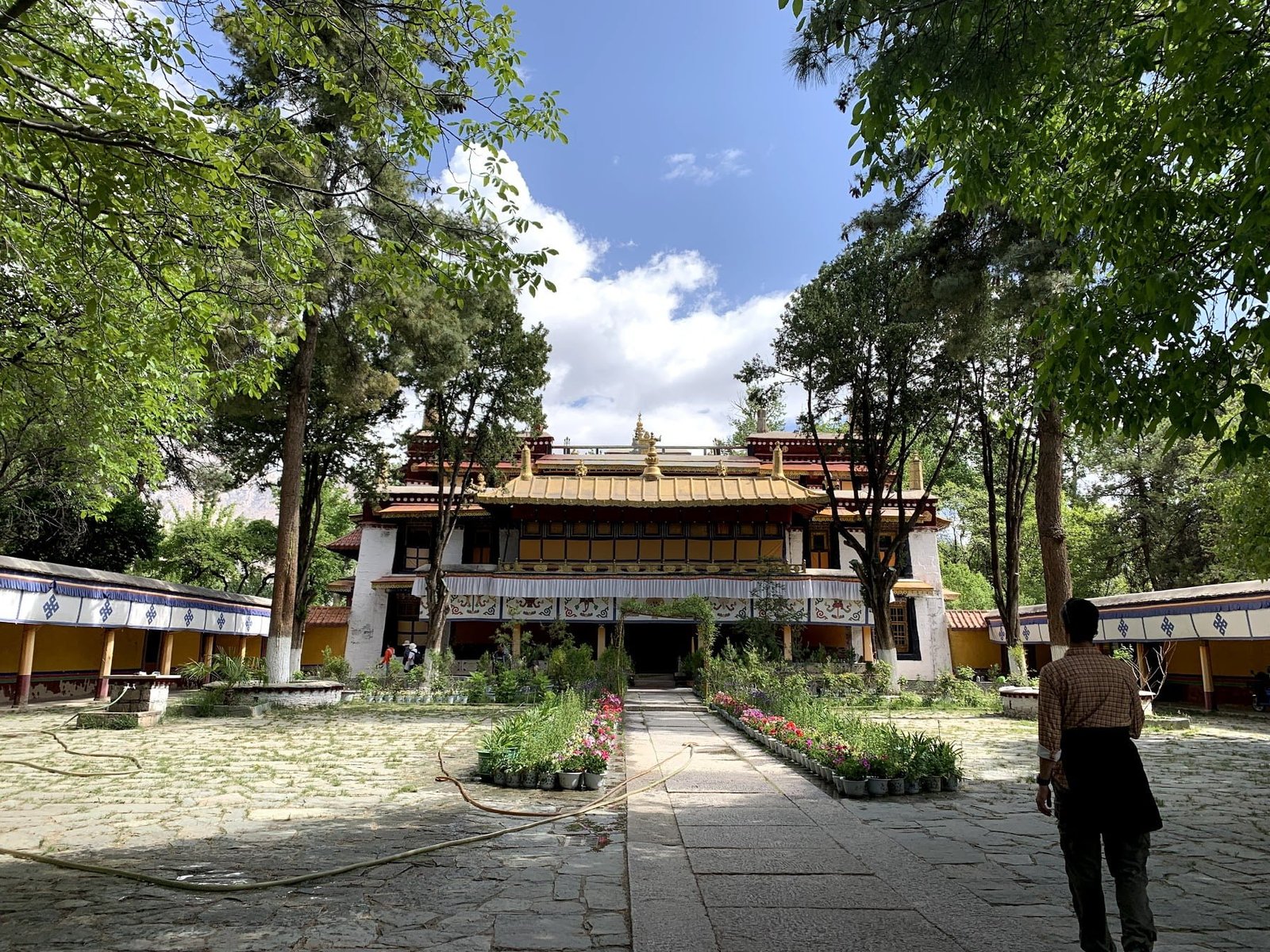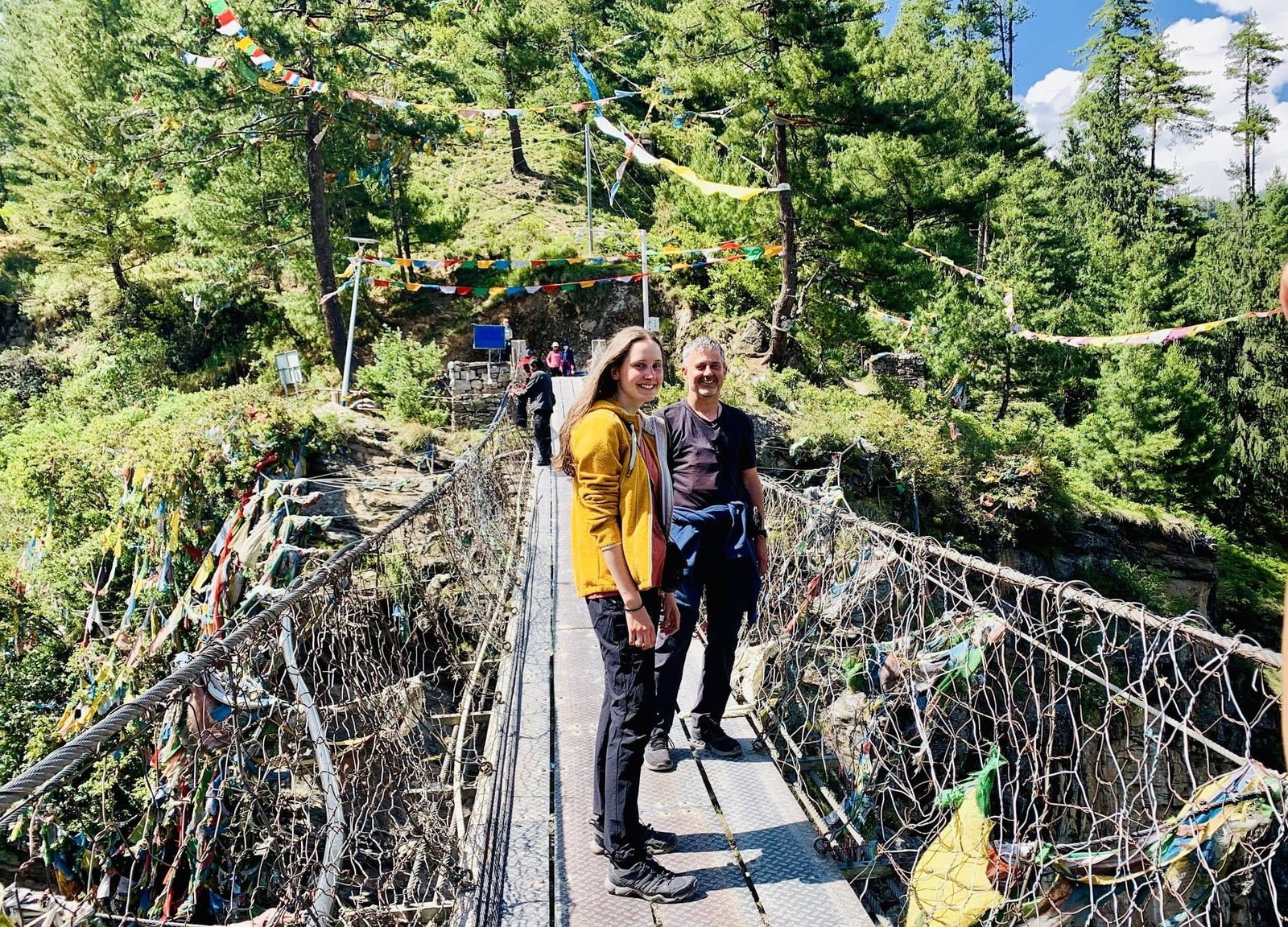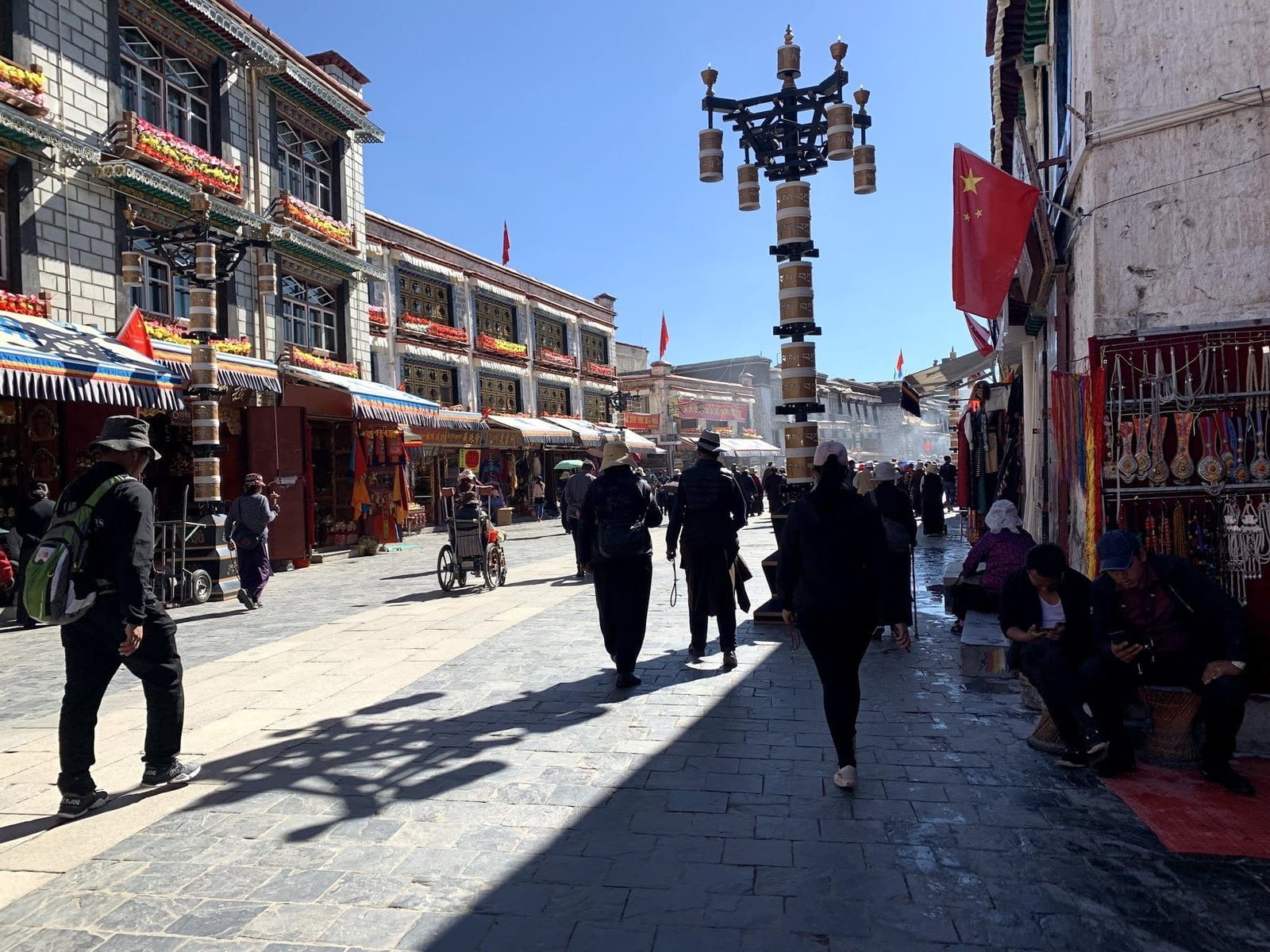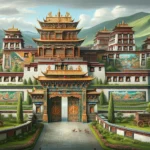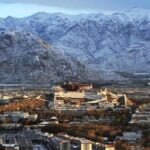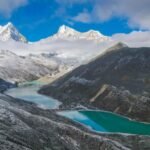Norbulingka treasure Park is Summer palace and Garden Palace of 7th to the cunrrent Dalai lamas. It was built in the period of the 7th Dalai Lama Kalsang Gyatso, in the mid of 18th century. During summer time, Dalai lama spent their time in this Palace.
This beautiful palace compound is located west of Potala Palace. They deal with affairs and hold religious activities. The garden covers an area of 46 acres, with 370 rooms of different sizes.
Norbulingka covers an area of 360,000 square meters. It is mainly composed of three palaces, namely “Kalsang Phodrang“, “Chansel Phodrang” and “Dakten Migyur Phodrang. Each palace is divided into three sections: the palace, the front section and the garden. In the garden, there are altogether 370 rooms dotted with pavilions, waterside pavilions, hills and lawns. In summer, various flowers, grasses and trees were planted around. Now it has become an open garden in Tibet. There are many famous and old trees in the park. It is the most famous Royal Garden in Tibet.
The palace of the 14th Dalai Lama “Dakten Migyur Phodrang” is the most worth palace to visit in Norbulingka. “Dakten Migyur Phodrang” means “the palace that everlasting and never changing”. It was built with the most modern style at that time. The exterior is a two-story Tibetan style building, but the interior uses modern facilities. It is said that it was especially loved by the 14th Lama after it was built.
Now it is included in UNESCO world heritage sites, during the seventh month of the lunar calendar, Shoton Festivals will celebrate here with performing Tibetan Opera
Location: about 3 kilometers west of Potala.
Ticket prices: 60 yuan for each tourist.
Opening time: 9:00- 18:00 on Monday-Saturday.Transport : Take bus No. 25 or No.14 and get off at South gate
Adventure
13 toursCultural Tour
19 tours
History of Norbulingka Treasure Park Palace
Norbulingka Palace was built in 1755. respective Dalai lama holds here conducts religious activities. During summertime, Dalai will move here and stay until the end of October. So, Norbulingka is called “the summer palace” and the Potala Palace “the winter palace”.
Norbulingka covers an area of 360,000 square meters. Each palace is divided into three sections: the palace, the front section and the garden. In the garden, there are altogether 370 rooms dotted with pavilions, waterside pavilions, hills and lawns. In summer, various flowers, grasses and trees were planted around. Now it has become an open garden in Tibet.
The Kalsang Phodrang Palace
it was a Summer winter palace built by the 7th Dalai Lama in Norbulingka Palace. Phodrang means “palace”. The 7th Dalai Lama named it after himself. It became a place where Dalai lama studying and learning the Tibetan language and sutra from the masters. After holding power, will still recite the sutra, study history, read scriptures and appoint officials and discuss government affairs.
The Chansel Phodrang
Chansel Palace and Chansel Lingkas were built during the time of the 13th Dalai Lama. The most western part of Norbulingka. In the Chansel Phodrang, hall of worship, Khenpo house and storehouse etc. are present. Also in the palace, there are many splendid murals with a full view of Mount Wanshou and Mount Wutai and some bearing strong Han characteristics in a symbol of “blessing, wealth, longevity and happiness”
Deyang Mingyur Phodrang Palace
(Eternally Unchanging Palace), also called New Summer Palace, was the second palace added here in 1956 for the Fourteenth Dalai Lama. It was completed in 1956 with an area of 1080 square meters. It has not only features of religion and monastery but also those of splendid palace and sumptuous villa.
Setting feet on the steps of the New Summer Norbulingka Palace, you can see a pair of tiger whips hung on the two sides of the gate, which is a symbol of power. It also shows that nobody is allowed in without permission. This pair of whips is one meter long. It’s said that the whip was first used by the palace vanguards. Later, every time Dalai went on an inspection tour, a special guard would hold the whip in front to drive away from the walkers. Inside the red-painted gate, you will see huge pictures of lion and tiger on both sides, which shows the dignity of the government.
In the middle of the New Palace is the Dalai lama’s throne decorated with gold and gemstones. The murals in the New Palace are especially attractive. The topics include Tibetan history, the biographies of Tibet Empire and Dalai Lamas.
The vivid description tells people how the little King claimed the envoy from Tang Dynasty as his uncle without hesitation. One more story is: in 1652, the Fifth Dalai went to Beijing to have an audience with the Shunzhi Emperor and was conferred as Dalai Lama and granted golden volumes and golden seals.
The latest murals described the fourteenth Dalai’s attending the National People’s Congress in Beijing via the then-opened Kang-Zang Highway in 1954, and his visits all over the country; all the gifts presented by the Central Government are displayed here.
The constructions, murals and decorations in Norbulingka are the quintessence of the Tibetan temples and palaces

